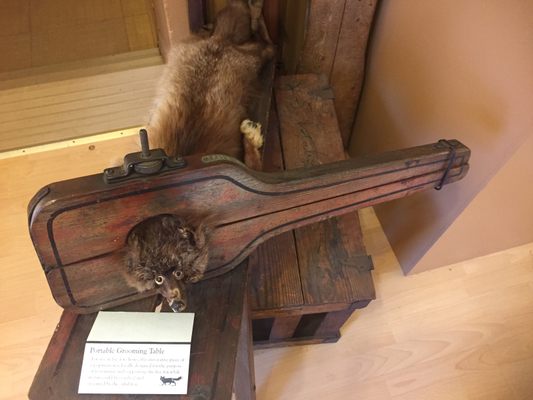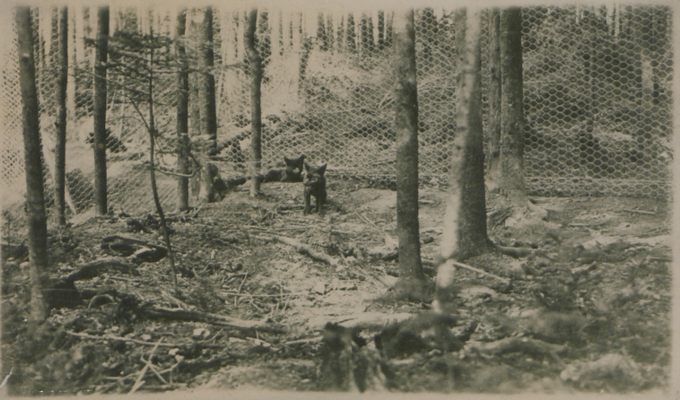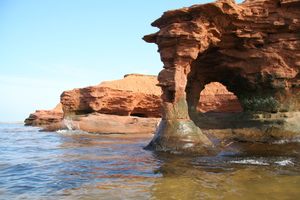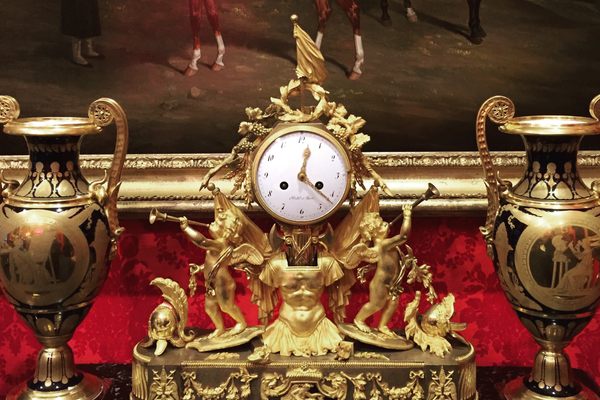About
For several decades in the 19th and 20th centuries, the people of Prince Edward Island were obsessed with silver foxes. They're weren't swooning over dashing, debonair men with salt-and-pepper hair, but were enamored with the canid version: red foxes with pelts that are more charcoal than umber, with bits of white. These foxes look like elegant, moving cinders, and if you visited the Canadian province in the early 20th century, you might have met scores of fox ranchers who were racing to breed the animals in captivity in order to sell their pelts.
The history of these farms, and the clever owners who hoped to strike big, is recounted in a small museum in the city of Summerside. The International Fox Museum and Hall of Fame charts the unique story of how fox ranching created a booming economy, and hit several busts, too. (A tourism group calls the industry "PEI's very own gold rush.")
On Prince Edward Island, the fox-raising boom began with Charles Dalton and Robert Oulton, who teamed up in the 1890s, starting with a pair of pups they had captured from the wild. The men raised their stock in mesh pens tucked near groves of trees, where the foxes could roam without escaping. They succeeded in breeding foxes with inky or bluish-black pelts, which sometimes commanded more than $1,800 apiece. Fur was hugely popular, and it didn't take long for others to get in on the action. By 1923, according to the Fur Institute of Canada, there were 448 fox farms on Prince Edward Island.
The First World War and the Depression each dealt a blow to the industry, but it bounced back time and again: By the end of the 1930s, there were more than 1,200 fox farms on the island, and it's said that one out of every 10 residents raised foxes. Fox ranching declined once and for all after World War II. Some owners, who could no longer make a profit, set their foxes loose, and the animals continue to populate the island to this day.
The museum dives into the business dealings—shady and otherwise—that shaped the industry. The telling of the fox ranching story is amplified by the displays of fox ranching equipment (complete with fox pelts) and the very friendly staff who are eager to provide more details.
Related Tags
Know Before You Go
The museum is generally only open in July and August, from Monday through Saturday from 10 a.m. to 5 p.m. Admission is by donation. In the off-season, you can book an appointment by calling (902) 432-1332 or (902) 432-1298, though it's not a bad idea to call in advance any time you plan to visit.
Community Contributors
Added By
Published
February 4, 2020
Sources
- https://fur.ca/fur-farming/fox-farming/
- https://www.jstor.org/stable/1884238?seq=14#metadata_info_tab_contents
- https://nationalpost.com/opinion/mark-bourrie-prince-edward-islands-silver-fox-bubble
- http://www.biographi.ca/en/bio/dalton_charles_1850_1933_16E.html
- https://welcomepei.com/listing/international-fox-museum/
- http://www.biographi.ca/en/bio/dalton_charles_1850_1933_16E.html


































